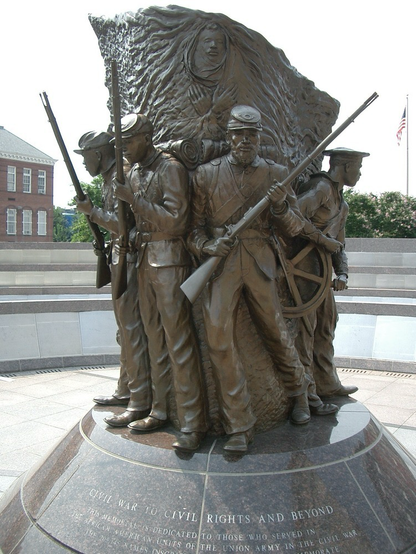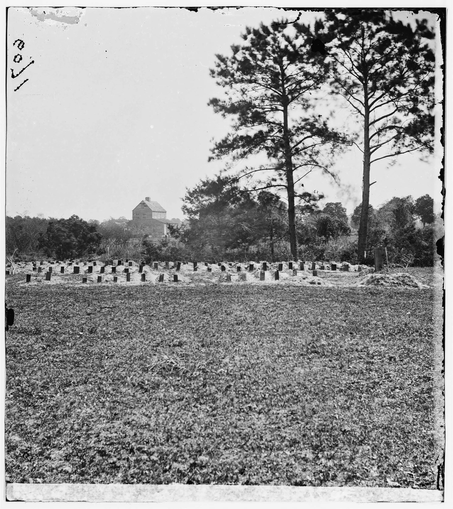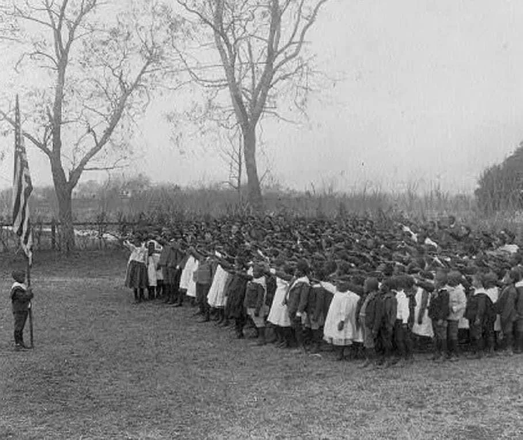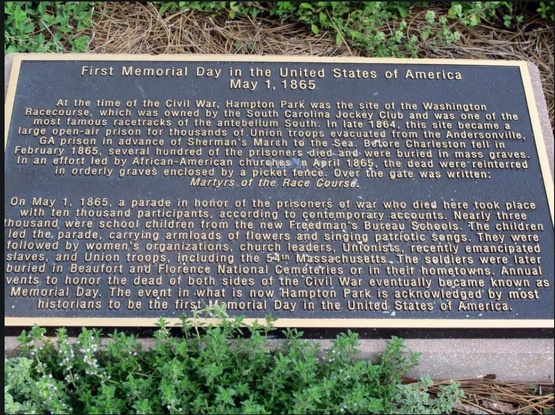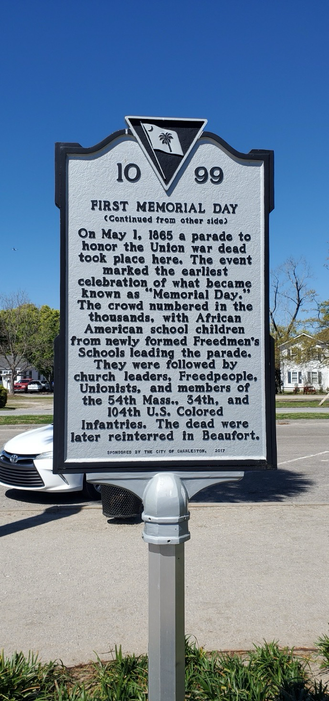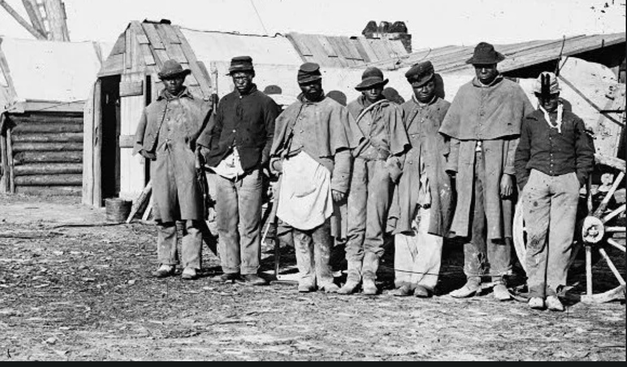They came with roses. With hymns. With children.
It was the 1st Memorial Day.
But America gave the credit to others & buried the memory.
#MemorialDay #History #Histodons #Politics #photography #blackandwhite
#blackmastodon
#blackandwhitephotography
1/21
Image: Black American Civil War Memorial, Spirit of Freedom statue by Ed Hamilton 1997, NPS, Washington DC.
